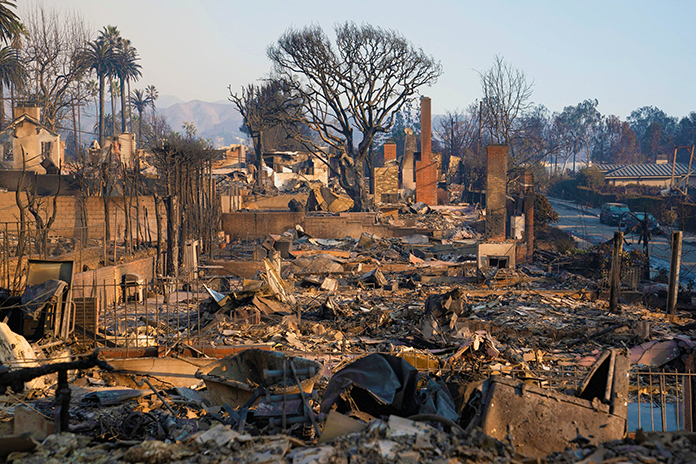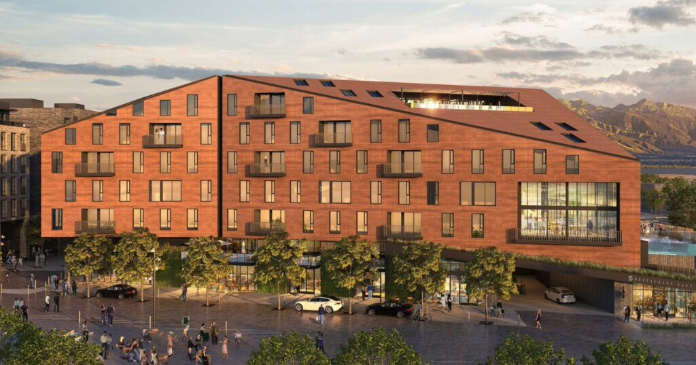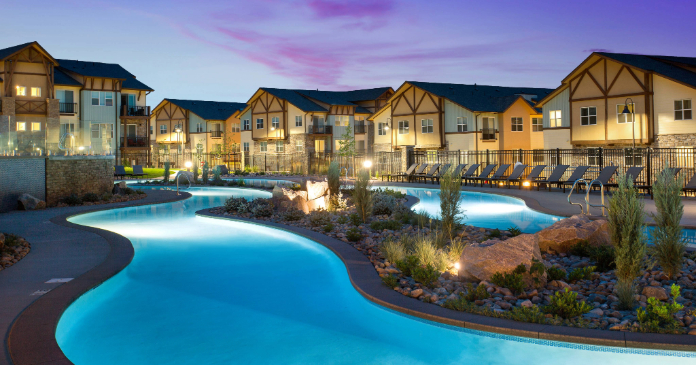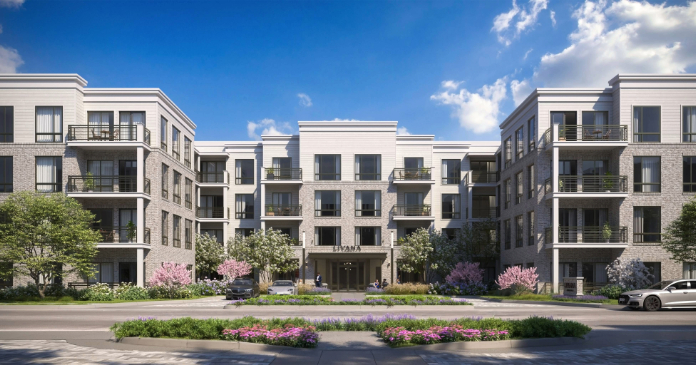Things are going from bad to worse in California’s property insurance market, raising the specter of a public bailout of the state’s insurer of last resort and more private insurance companies fleeing the state.
On February 11, California Insurance Commissioner Ricardo Lara greenlit a request from the state’s badly undercapitalized FAIR Plan to levy a $1 billion assessment on the private insurers that collectively fund the insurer of last resort.
Insurers will be allowed to pass on half of that $1 billion to their policyholders via a temporary rate hike. The other half will have to be absorbed by the companies themselves.
Meanwhile, Lara is resisting insurance companies’ own emergency requests for rate hikes in the aftermath of the Los Angeles fires.
Lara rejected State Farm’s request for an average 22 percent rate hike on homeowners, saying that the insurer had not satisfied state regulatory requirements to prove that this rate increase is needed now.
Lara has asked State Farm to provide information on “what, if anything, has changed for State Farm between June 2024 (the last time the company requested a rate hike) and now that necessitates emergency relief?”
The big change would appear to be the devastating Los Angeles-area wildfires that caused some $250 billion in economic damages and exposed insurers to an estimated $45 billion in losses.
In the years prior to the L.A. fires, California’s insurers were already struggling to cope with massive losses from past wildfires that had wiped out a quarter century of industry profits.
State Farm had announced that it would stop issuing new policies in California in May 2023. The state’s other major insurers had made similar moves to scale back their California business. Nonrenewal rates have surged, leading to more and more homeowners ending up on the badly undercapitalized FAIR plan.
This insurance market crisis is downstream of California’s cumbersome, voter-approved insurance regulations that limit the ability of insurers to raise rates to cope with increased wildfire risks. Those same regulations also require that rate hikes be approved by the state’s elected insurance commissioner and that third parties are allowed to challenge requested rate hikes.
A 2023 report from the International Center for Law and Economics found that California has the most suppressed insurance rates in the country and that it takes almost a year for the state to approve rate hikes.
The same ballot initiative that created California’s insurance regulations also requires a ballot initiative to change them.
But in a brief acknowledgment of reality, Lara had issued emergency regulations in December 2024 that gave insurers greater flexibility to raise rates in exchange for a requirement that they issue new policies in wildfire zones.
Those reforms came too little, too late for insurers who now have to cover what is likely the most expensive wildfire in the state’s history.
The politics of the post-fire moment are such that neither Lara nor anyone else appears particularly keen on giving insurers more freedom to raise rates on policyholders.
Instead, the state’s politicians have gone fishing for more pots of money to shore up the insurance market.
Lara has supported recently introduced legislation that would allow the FAIR Plan to borrow money from California’s state-owned Infrastructure and Economic Development Bank. Another California bill would allow insurers to sue oil companies to recover their losses from wildfires.
Other bills introduced in the California Legislature would provide tax-free grants to homeowners to harden their homes to fire risks.
If past wildfire rebuilding efforts in the Los Angeles area are any guide, it’s going to take a long time for the region to recover.
The Los Angeles Times published a lengthy investigation of rebuilding progress in Malibu after the 2018 Woolsey Fire. The topline figures are not pretty.
Of the 465 single-family homes that were destroyed in the fire, only 40 percent have been completely rebuilt. Another 192 are under construction or in the planning process, while another 90 were left destroyed.
As with the most recent fires, emergency waivers and regulatory exemptions were supposed to ease the building process. But homeowners complain that a confusing, contradictory tangle of red tape has nevertheless prevented them from starting over.
The Times covers the case of George Hauptman who is still waiting on permission to reoccupy his now-rebuilt home:
They pursued a disaster relief waiver and have now fully rebuilt their home down to bolting in the numbers in their address above the exterior entryway. Yet the city has not issued a certificate of occupancy for the Hauptmans to move in. New fire codes required them to provide more water storage at this house than the previous one. So they bought a bigger water tank, and put it where it best fit. But the city told him the spot straddled the property line with his neighbor. After Hauptman hired a surveyor to prove the tank was on his land, the city said its location still violated setback restrictions.
In Maui, some 18 months after the August 2023 wildfires, only a handful of new homes have been built. The obvious worry is that this will be Los Angeles’ fate as well.
Writing in The Atlantic, M. Nolan Gray, Nicole Nabulsi Nosek, and Grimes suggest one way L.A. could rebuild faster: allow private third-party reviewers to sign off on building permits.
Los Angeles’ permit approvals were already painfully slow before the fire. A flood of fire rebuild applications will only make things worse, despite the tepid promises of permit streamlining from city hall.
Gray, Nosek, and Grimes cite examples of reforms allowing private permit reviewers to step in for overtaxed bureaucrats in Texas, Tennessee, and Florida. The latter state has apparently seen success:
As of 2021, developers in Florida can request a refund on fees if regulators take too long to decide on a permit—a reform that increased on-time reviews in some parts of the state by 70 percent. Last year, Florida empowered applicants to go to third-party reviewers and inspectors from the start.
A California bill has been introduced to allow third-party permit reviews for smaller projects.
















